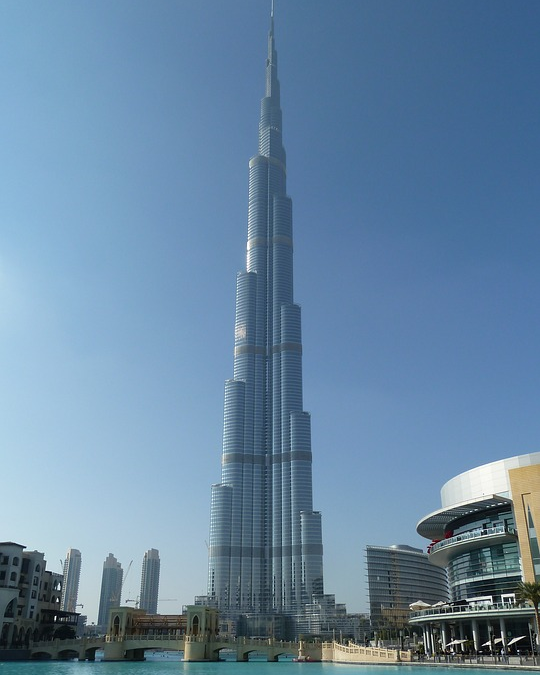Skyscraper fanatics in the 1980s and 1990s didn’t have much to talk about. There were a few tall buildings in the world, but the number of mega projects was few and far between. Things began to change, starting in 2005. The city of Dubai, of all places, announced that it was going to undertake a skyscraper building project the likes of which the world had never seen.
800-Meter Towers Become Mainstream
Dubai saw the writing on the wall for the oil industry over twenty years ago. The Emirate recognized that if it wanted to get away from the oil sector, it would have to reinvent itself. Tourism and leisure would be the way that it did this, and so city planners began looking at ways to entice the rich and the famous to the city.
Architects proposed an 818-meter tall building, which they initially called the Burj Dubai, that would stand as the centerpiece for a new urban development. Nothing had even come close to the 600-meter mark, let alone 800-meters. What Dubai proposed to build was extreme.
For around 25 years, the Sears Tower in Chicago was the building with the highest roof and the highest number of floors in the world. The World Trade Centre Towers One and Two weren’t far behind. And the CN Tower in Toronto was the tallest freestanding structure, though not much of a tower if we’re honest. All of those towers were under 500 meters, and they were the tallest the world had to offer.
The Burj Dubai, now Khalifa, would utterly surpass them. It wasn’t an incremental increase – it was a step change. The tower would propel the world into a new era of supertalls where anything seemed possible.
What Made It Possible?
The first thing that made these tall towers possible was the removal of supporting columns from the interior of the building. Almost all buildings taller than forty floors use a central column, off which hang the various levels. The Sears Tower is an example of this in action. If you could remove the cladding and floor plates, you’d see just a big concrete stack which contains the elevator shafts and stairwells.
Improvements in risk management services made supertalls more likely too. Companies got better at managing the risk of building large construction projects and figured out ways of cutting their insurance costs. That famous picture of men sitting on a cross beam high up on the Empire State Building couldn’t happen today. Conditions are much, much better.
The concrete core of buildings was also reinforced with steel rope. The rope sometimes called rebar, not only made the concrete stronger but also meant that it could flex in the wind.
The limits of this combination of technology have not yet been reached. Plans are in place for a one thousand meters tall building in Abu Dhabi, just along the coast from Dubai, with engineers predicting completion at some point in the next decade. And even taller buildings are on the drawing board.
It’s an exciting time to be interested in the engineering of tall buildings.



Recent Comments